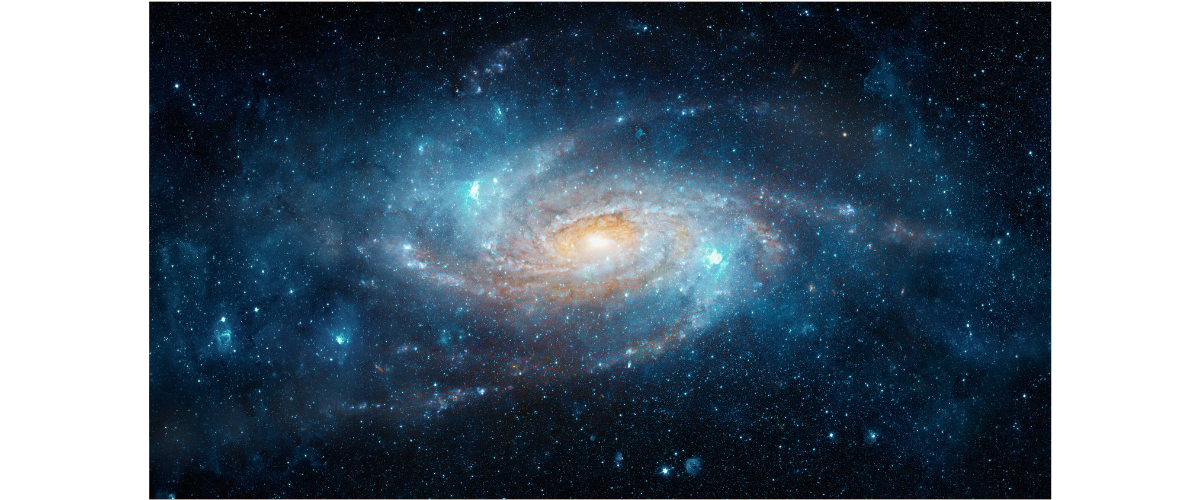- DURATION 60 mins x 3
Event Description
In this series we shall focus on several fascinating "nearby" locations around the universe. In each example we will be looking at it from both the historical perspective, and the modern importance within our current understanding of the workings of the Universe. These are all key components of our astronomical world. Like all my previous talks, detailed scientific jargon will be avoided (equations, graphs etc), and the emphasis will be on key concepts & ideas. With lots of spectacular images, of course.
1. The Crab Nebula. In 1054 AD a star exploded (went supernova) and lit up the day sky for many weeks. The Chinese saw it and recorded its arrival, the indigenous North American indians saw it and produced cave paintings, but it appears no-one in Europe spotted it! Was the whole of Europe under cloud that July for several weeks? Though now just too faint for the naked eye to see, it can be identified in a pair of binoculars as a faint fuzzy object. Images from telescopes, however, show a dramatically expanding cloud of debris left over from the explosion a thousand years ago. What is it telling us about the final phase of the life of stars?
2. The Heart of the Milky Way. Stretching across our night sky we can often get glimpses of the glory that is the Milky Way. This is the edge of our galaxy viewed from where we live - out in the suburbs. And it's just as well we do live there because at the centre of our galaxy lies the dragon we call the Galactic Centre. Swallowing up all the stars in its vicinity it throws out colossal amounts of life-threatening radiation. This is the Massive Black Hole that rules everything near the centre of our galaxy, and is one of the brightest objects to be seen by our specialist telescopes looking for hard radiation from space. We think we are safe where we are, but there are no guarantees that it will stay that way.
3. The Magellanic Clouds. These are our nearest galactic neighbours, satellites to the Milky Way. They are easily visible to the naked eye from the southern hemisphere, and represent major star factories & star cemetries on our astronomical doorstep. The first written record of their existence is attributed to the Persian astronomer, Al Sufi, more than 1000 years ago, though they must have been well-known to the indigenous people living in the southern hemisphere. But, we don't know where they came from, nor can we explain why they look like very primitive early galaxies. They are, indeed, very intriguing objects giving us an insight into star life in the Universe perhaps 10 billion years ago.
- Duration: 60 mins x 3
- Online Zoom event: Join from your computer, phone or tablet (no replay available)
Malcolm Coe is an Emeritus Professor of Astronomy at the University of Southampton, UK. For over 4 decades he transmitted his enthusiasm for astronomy to hundreds of students, winning awards for his creative teaching style. He gave popular astronomy talks on cruise ships for over a decade as well as countless lectures to adult groups and school children. In 2017 he had an asteroid named after himself.
More Information
What if I can’t make the event?
If a recording’s available for the event, you can still register for it and we will send you an email with a link to a recording shortly after it ends.
Will my camera be on and will I be visible to the other people?
Your camera and microphone does not need to be on for you to enjoy the event. The choice about whether to do this is completely yours.
How do I watch the live event?
Rest Less events are hosted on Zoom, a computer application that allows you to attend online events just by clicking a link. For detailed instructions, please go to our "FAQ" page, which you can find a link to in the nav bar at the top of the page.
How do I sign-up for and access the recording? (Recorded events only)
Book the event as normal (as if you are attending live). After the event ends you will automatically receive a post-event email with a link to the recording, as long as the event was recorded. You do not need to do anything else and there is no separate booking process for recordings only. Please note it can take up to 24 hours for Zoom to process recordings.

